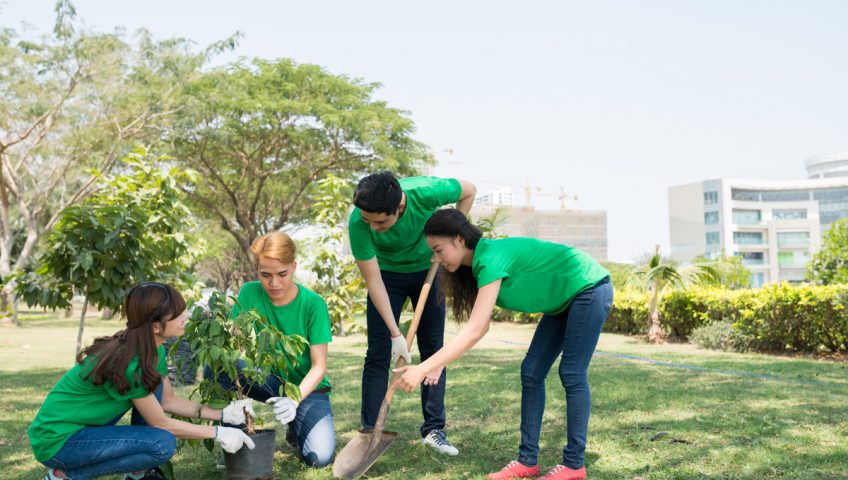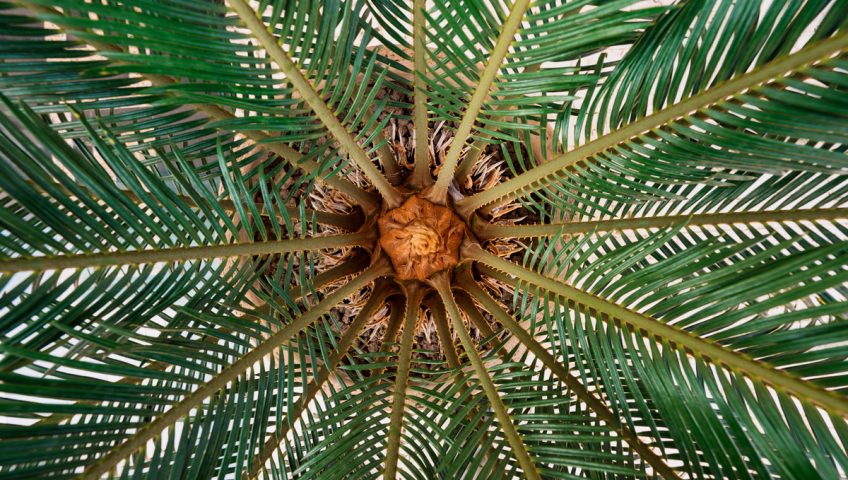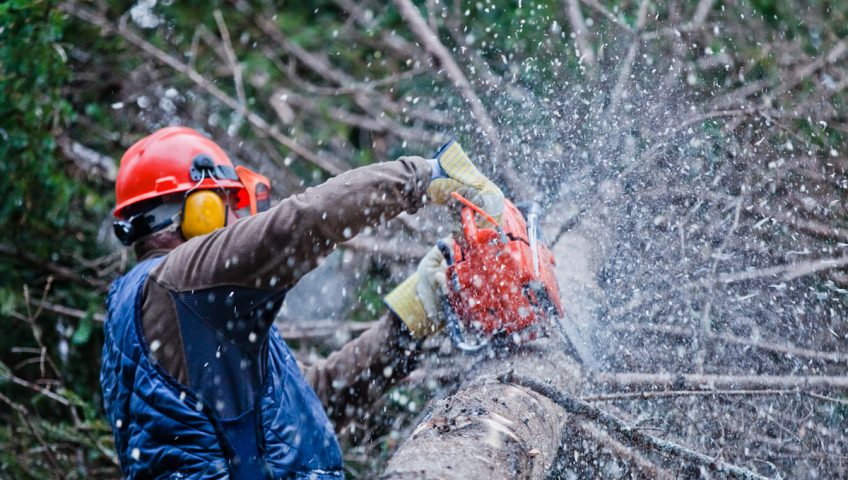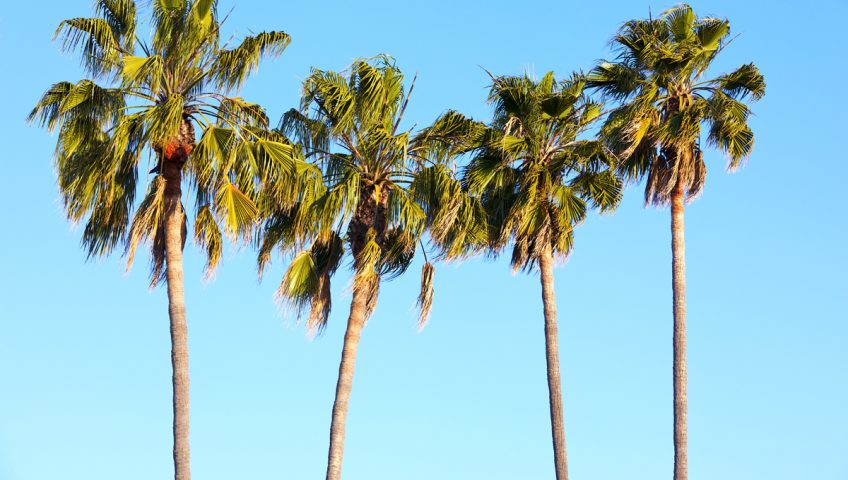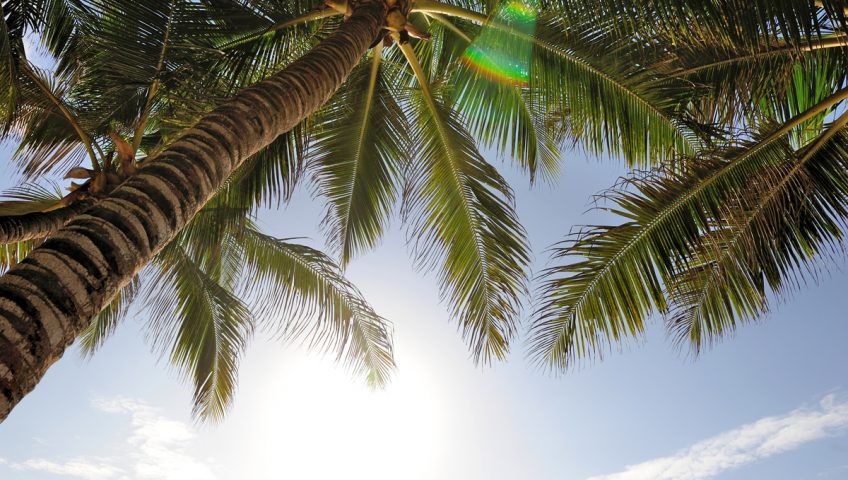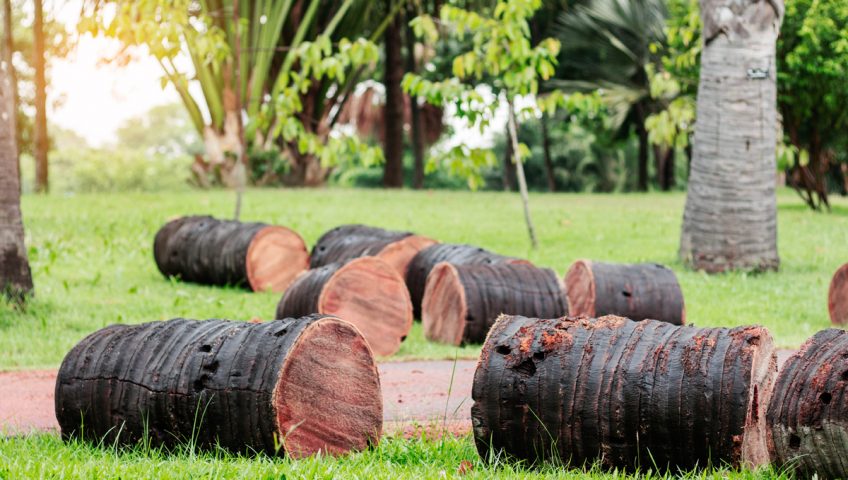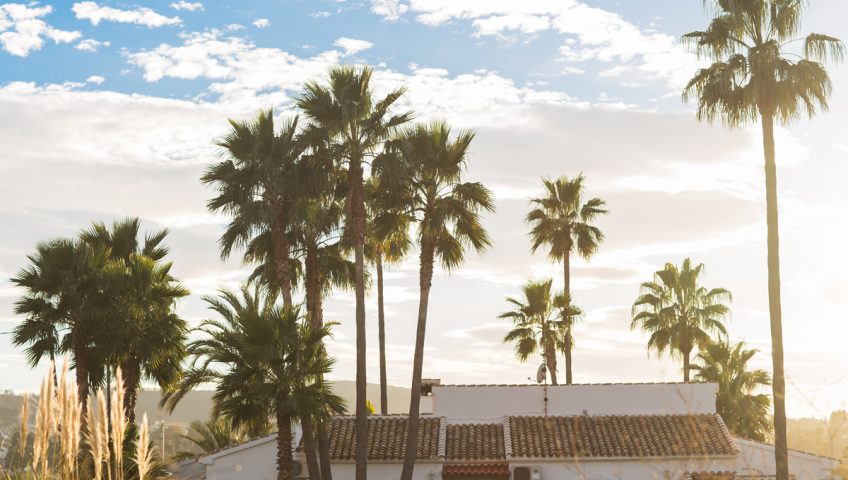
Do Palm Trees Grow Back?
Whenever a palm tree is cut at its trunk level, it will NOT grow back. Palm tree growth can only occur at base level referred to as the growing tip, which is located at the base of the trunk. Severing this part of the tree will terminate the palm’s life. The growth process will differ based on the species of the palm.
Let’s take a look at the differences below!
Single-Trunk Palm Trees
The tip is better known as the crownshaft of single-trunk palm species. Severing off this growing tip of the tree will effectively terminate the life of the palm. The trunk will never be able to sprout a growing tip in place of its now missing crownshaft. Additionally, without the extra foliage to synthesize incoming light, the palm will quickly become weak and begin to rot. If removal of the palm’s tip is necessary, the suggestion here is to remove the rest of the tree as well and replace it with a brand new palm.
Some common examples of single-trunk palms include the Royal Palm, Cabbage Palm, Christmas Palm and Mexican Fan Palm.
Clustering Palm Trees
Clustering palms differ in many ways from single-trunk palms. For example, these palms feature multiple trunk stems, meaning it is possible to shave away some trunks without killing the tree. If the individual trunk is removed solely, though, the palm will not be able to heal fully. If you choose to cut the palm trunks near the root level, suckering explodes from this level, eventually sprouting new and healthy tree trunks. This suckering process (rejuvenation) will only occur within a healthy clustering palm tree. Diseased or distressed palms may not generate suckers, eventually dying off entirely.
Palm Tree Trunk Wounds
Palm trees lack cambium, naturally. This is a layer of tissue located behind the tree bark, responsible for creating growth rings on the tree. Wounds inflicted on the trunk cannot repair itself, which means these wounds will remain on the palm for its entire life. Most likely, these wounds will become dry and brittle over time. Fungal infections and insects can cause major damage to the plant’s articular system.
Pruning
Several crucial factors come into play when pruning. One point of concern is to be sure not to sever the palm’s downshaft. One suggestion is to only remove the necessary amount of fronds or else the tree’s growth could be stunted. And while this may be obvious, it is also suggested to never introduce new disease to your palm. Pruning is best left to the professionals!
Palm Tree Removal Scottsdale
Liberty Tree Experts offers palm tree removal in Scottsdale, Arizona. If you are a homeowner in the Scottsdale area our team of trained, licensed, are insured tree cutting professionals that are knowledgable in palm tree removal. Each one of our technicians understands safe tree removal and cutting protocols and will get the job done quickly and safely. Call us at 480-481-1815 to schedule an appointment or for more information.




